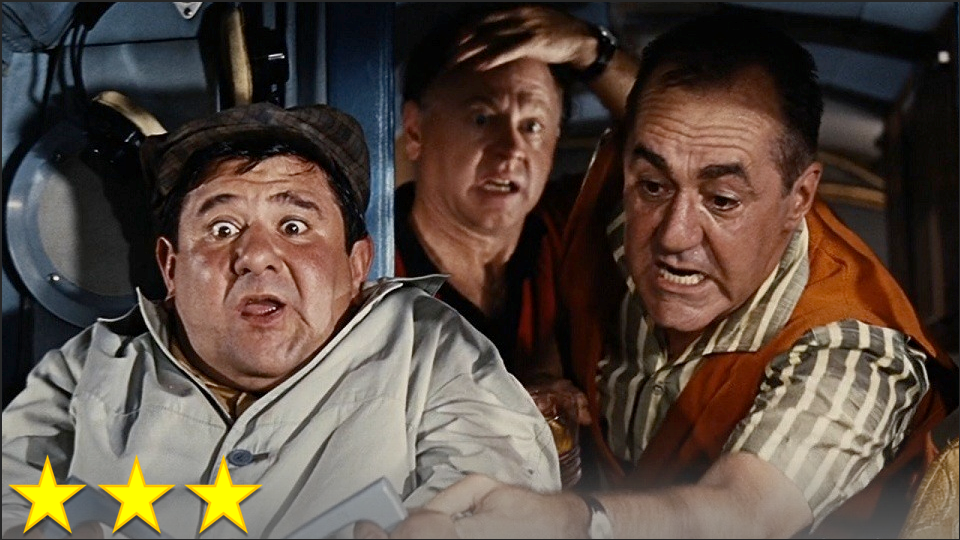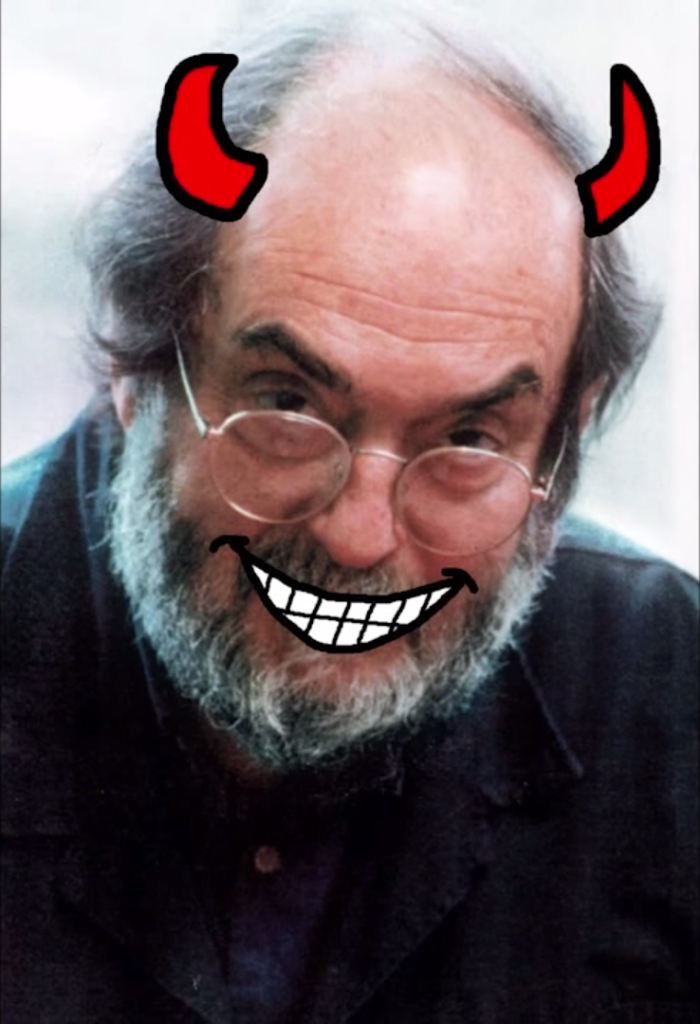With High Anxiety being my favorite Mel Brooks film, one would expect that I would be well-versed in the works of Alfred Hitchcock. Quite contrarily, after watching Strangers on a Train for a film history class I took a few years ago, I was turned off by Hitchcock. I felt like whenever he was trying to have me waiting in suspense, I found myself just waiting. I put off watching his films for another day, simply because I didn’t feel like being bored, but I eventually felt like I may have been missing out on some important films. I decided to give him another go, trying out one of the films he’s best known for, if not the film he’s best known for, The Birds.
While I had a little bit of a hard time getting into it at first (since its pace is almost annoyingly slow at times), I was quickly impressed more than I thought I would be by the characters and dialogue. The conversations that the characters had when they weren’t dealing with a bird attack were actually very interesting for the most part, and it’s always good when character interactions are enough to keep me interested. Then, during the now-cliché panicked bar scene – that scene in all the disaster movies with the flustered witness of the attack, the bartender who tries to keep things under control, the skeptic who happens to be an expert on the subject, and the lunatic who believes it’s the end of the world – I was delighted by how Hitchcock had perfected this kind of set-up. The addition of the panicky mother made the scenes in the bar that much better.
Oh, and I suppose the scary elements are sort of an important part of this film, being its mark on the history of cinema and all, so I’ll briefly say that I liked them. The scary scenes weren’t exceptionally terrifying in the sense I’m used to, but maybe that’s a good thing. I despise jump scares, so it’s nice that Hitchcock did a good job at keeping me on the edge of my seat and fearing for the well-being of the characters I’d come to really like, all without relying on too many cheap gimmicks. While the ending somehow manages to be both gripping and underwhelming at the same time, making for a movie experience that feels a little awkward, I think that this picture is nicely crafted work of cinema that’s creative, fascinating, and supplies just the kind of experience it needs to to make it into the film history books.





